MTV: From Cultural Juggernaut to … Whatever It Is Now

Although many of Today’s Youths mostly only know it as a logo on fake vintage t-shirts sold at Target, it’s hard to overestimate the influence of MTV on the decades surrounding the turn of the Willennium. It changed how the entire music industry operated, caused a lasting cultural divide between the youngs and the olds, and even invented entire genres of TV shows.
Music Videos Pre-MTV
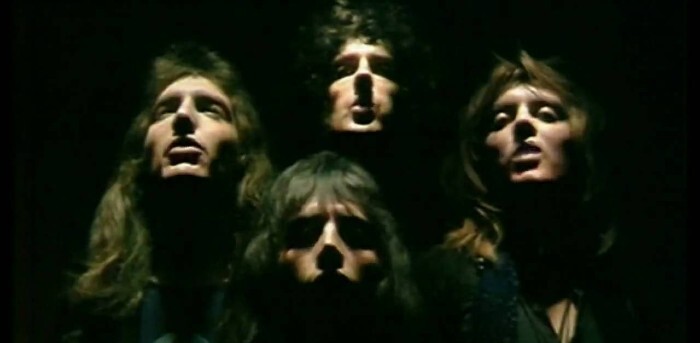
Of course, music videos existed before MTV. In fact, it’s believed the first music video was created by Thomas Edison during his weird filmmaker phase. Pre-MTV, though, they were mostly limited to their own TV shows on general networks, like Australia’s Countdown and Sounds and the UK’s Top of the Pops. Queen created what is thought to be the first modern music video for “Bohemian Rhapsody” for the latter, which really came in handy when it was reintroduced to the MTV generation by Wayne’s World just in time for the network to stop playing music videos. Ah, the circle of life.
Creating MTV
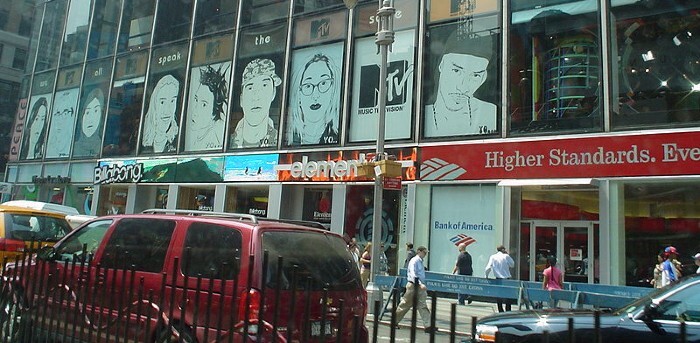
Noticing the music video bandwagon every artist jumped on after Queen and the dearth of programming for teenagers, Warner Amex executive John Lack got the idea for a kind of visual radio station that only played music videos intercut with ads. Initially, his bosses laughed him and his team out of meetings, insisting music and television was “an unnatural marriage,” but they came around after it was explained to them that record companies were already producing these videos and it literally cost them nothing to air.
Launching MTV
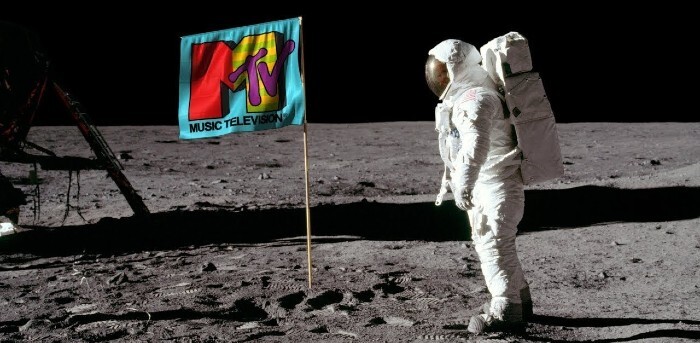
MTV officially went live at midnight on August 1, 1981, with the video for the Buggles’s “Video Killed the Radio Star” and an edited clip of Neil Armstrong’s moon walk planting the MTV flag. The designer of the clip, which was initially played every hour on the channel, chose the moon landing footage because it was one of the “most famous television scene ever,” but more importantly, it was free. His first idea was the shooting of Lee Harvey Oswald, so let’s all give thanks for the public domain.
The Original Format
MTV’s original format was probably very different from what you or even your mom remembers. The VJs basically just announced the music videos, and every half hour, they’d recap the videos they just played, in case you wanted to rewind your TV or something. MTV wasn’t even in the top 40 business yet.
What the Hell is Album-Oriented Rock?
MTV was initially conceived as an “album-oriented rock” station, which was a relic of the ‘70s radio industry, when DJs picked whichever tracks they liked on an album. That meant the videos MTV played weren’t necessarily singles, and the artists in them definitely weren’t non-white. Apparently, the kids those days wanted Rod Stewart and nothing but Rod Stewart.
“I Want My MTV”
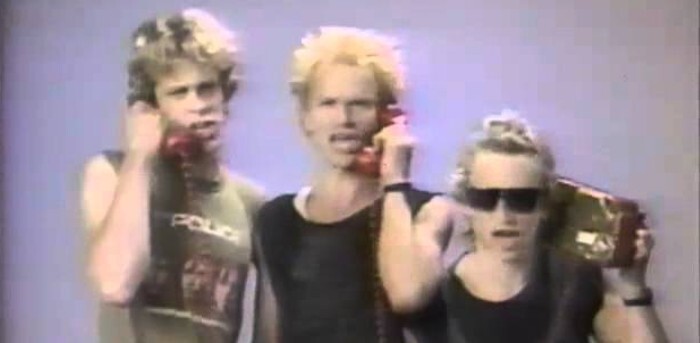
At first, a lot of cable companies declined to include MTV in their packages, which was something they could just do back then. In response, MTV created a bunch of commercials aired on other networks starring Mick Jagger, Sting, and other now-incredibly-old people instructing kids to call their cable companies and tell them they, you know, want MTV. The commercials were actually a reference to a series of ‘60s cereal commercials and even created by the same guy. It worked because this was back when you could convince anyone under the age of 40 to make a phone call.
The Color Barrier

MTV was quickly criticized for the lack of artists of color on the channel, most popularly in recent years by David Bowie. They somehow survived that, citing their album-oriented rock format as the reason their hands were tied, but in 1983, a CBS Records executive threatened to stop providing videos for all of their other artists and publicly accuse MTV of racism if they didn’t play Michael Jackson’s videos. That got their attention, Jackson got their audience’s attention, and MTV switched to a top 40 format the next year.
The Video Music Awards
In 1984, MTV launched the Video Music Awards by launching Madonna out of a cake, which remains the network’s most watched annual event (the awards, not Madonna tossing). In fact, as recently as 2011 (that’s when Beyonce announced her pregnancy), the broadcast became the most watched program in the network’s history, although by 2021, ratings fell to their lowest ever.
Music and Movies

The popularity of music videos led to an increasing emphasis on the visual aspect of music -- basically, hot singers did better than ugly ones -- and indeed led to an “unnatural marriage” between music and more visual media like movies. Suddenly, music video directors like Michel Gondry and David Fincher became Hollywood heavyweights, your movie had to have a hit single attached to it, which is how we ended up with some goth chick singing on an airplane.
Getting Into “TV” TV
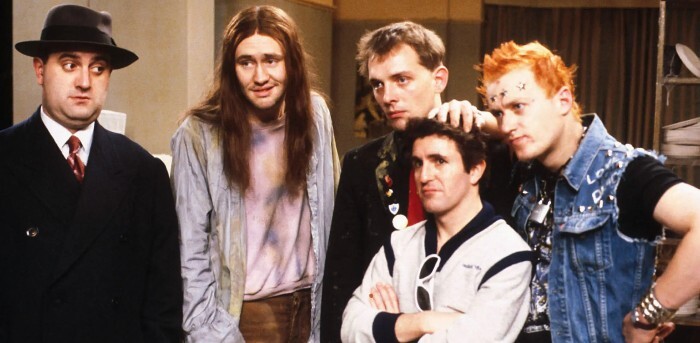
(BBC)
Although they didn’t start significantly reducing the airtime dedicated to music videos until 1992, MTV began broadcasting non-music programs as early as 1985 with the British sitcom The Young Ones. By 1987, they’d created their own first non-music show, Remote Control. They also began splitting up music videos into increasingly niche programming blocks interspersed with interviews of relevant musicians, such as Yo! MTV Raps, which first aired in 1988 and played a major role in popularizing hip-hop music.
Reality TV

Reality television technically existed since the ‘40s, but The Real World is credited with popularizing the resented genre. It’s no surprise that it debuted the same year MTV began scaling back on music videos, to be replaced by countless celebrity and documentary programs like The Osbournes, The Jersey Shore, and that most effective birth control method, 16 and Pregnant.
Adult Animation
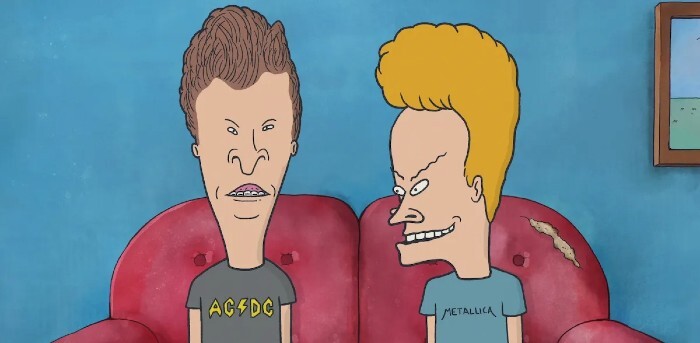
(MTV)
Not all of MTV’s non-music programming was terrible. Aeon Flux and Beavis and Butt-head debuted around the same time as The Real World, becoming an important influence on today’s creators of adult animation, A.K.A. the only reliably excellent genre of television anymore.
No More Music Videos
Between 1995 and 2000, MTV reduced the airtime devoted to music videos by more than 36%. That still meant eight hours of music videos every day, but by 2008, it was only three hours. That was the same year Total Request Live, once a pioneer in interactive television, aired its final episode, sounding the death knell of music television.
Not Even Pretending Anymore
By 2010, MTV had dropped the “music television” text from their logo, confirming that “the people who watch it today, they don’t refer to MTV as music television.” Citing the rising ratings for their reality and scripted programming over music videos, which could be more easily accessed via YouTube and such, they announced they were positioning themselves more as a “lifestyle” brand, just like every washed-up actress from the 2000s.
The Ridiculousness Network
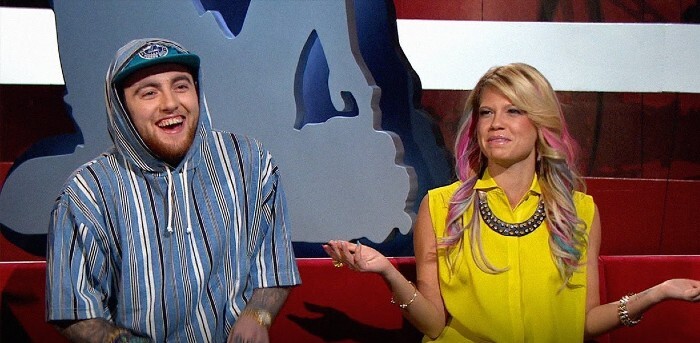
Just what does that lifestyle entail? A lot of nutshots, apparently. In 2020, people started noticing that Ridiculousness, basically an episodic version of TikTok reaction videos, had taken over MTV’s schedule, once airing for 36 hours straight and taking up 113 out of 168 hours of programming one week. Oh, how the mighty have fallen.
Top image: Chris Benson/Unsplash